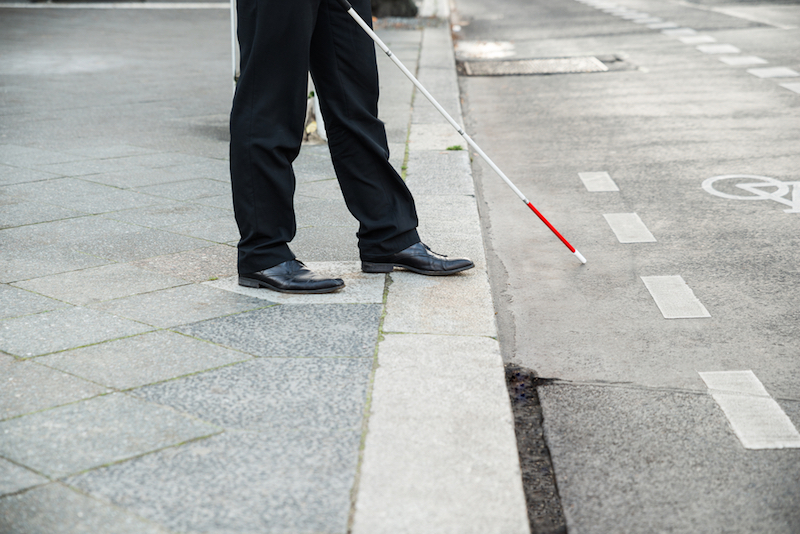High-Tech 'Smart' Cane Helps Blind People Recognize Faces

A new, high-tech cane for the blind is designed to recognize the faces of the person's friends and family members.
Using smartphone technology, the device — known as the "XploR" mobility cane — can identify faces from up to about 33 feet (10 meters) away, researchers say.
If the cane recognizes someone, it alerts a visually impaired user by vibrating and transmitting a sound signal. The cane is also equipped with GPS to help the user navigate. [Bionic Humans: Top 10 Technologies]
"My grandfather is blindand I know how useful this device could be for him," Steve Adigbo, one of the cane's developers and a student at Birmingham City University in England, said in a statement, adding,"There’s nothing else out there like this at the moment."
The cane works by taking pictures of people in the environment and comparing them to a bank of images stored on an internal memory card, using facial-recognition software. When it finds a match, it produces a vibration and sends a signal to an earpiece via Bluetooth, the researchers said.
The team conducted market research at the Beacon Centre for the Blind in the British town of Wolverhampton, and found that in addition to high-tech features, the cane needed to be lightweight and easy to use.
The researchers have already presented the cane to medical professionals and scientists in Luxembourg and France, and plan to take their device to Germany later this year. They also plan to return to Beacon to test the product and show off its training and security features.
Get the world’s most fascinating discoveries delivered straight to your inbox.
Meanwhile, American researchers have been developing a vibrating vest that uses a variety of sensors to help blind people navigate. The device, dubbed Eyeronman and developed by New York-based company Tactile Navigation Tools, could also help soldiers, firefighters and others in poor visual conditions, researchers say.
Follow Tanya Lewis on Twitter. Follow us @livescience, Facebook& Google+. Original article on Live Science.



